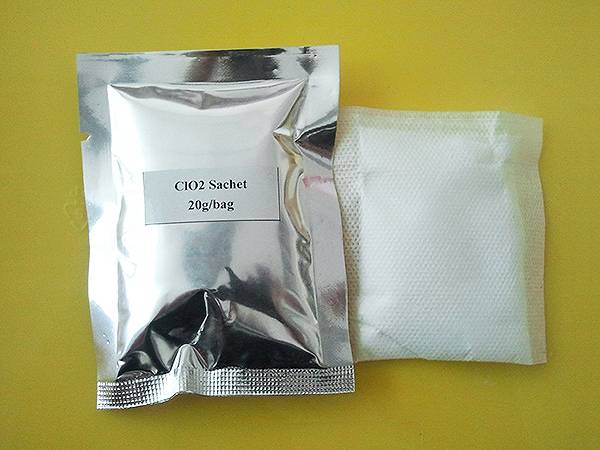



Common Disinfectants for Safe Drinking Water Treatment and Purification
Commonly Used Disinfectants for Drinking Water
Access to clean drinking water is a basic necessity for human health and well-being. However, drinking water can often be contaminated with pathogens, chemicals, and other harmful substances that pose significant health risks. To purify water and make it safe for consumption, various disinfectants are employed in water treatment processes. This article explores the most commonly used disinfectants for drinking water, their mechanisms of action, and their advantages and disadvantages.
Commonly Used Disinfectants for Drinking Water
Chloramine, a compound formed by combining chlorine with ammonia, is another commonly used disinfectant. Chloramine is preferred in certain situations because it produces fewer disinfection byproducts compared to chlorine. Additionally, chloramine has a longer-lasting residual effect, making it a good choice for maintaining water quality throughout distribution systems. However, chloramine is less effective against certain pathogens, such as Giardia and Cryptosporidium, and can be more difficult to remove from the water when necessary.
commonly used disinfectant for drinking water

Ozone is another powerful disinfectant used in water treatment. Ozone is a strong oxidizing agent that can kill bacteria, viruses, and other pathogens effectively. Its use is increasing due to its ability to decompose organic substances and its lack of harmful byproducts when broken down. However, ozone must be generated on-site as it is unstable and cannot be stored. It also requires careful handling and application equipment, making it less accessible for some water treatment facilities.
Ultraviolet (UV) light is another disinfection method that does not rely on chemicals. UV light effectively inactivates microorganisms by damaging their DNA, preventing them from reproducing and causing disease. One significant advantage of UV disinfection is that it does not introduce any chemicals into the water, eliminating concerns about chemical byproducts. However, UV treatment requires clear water to be effective and does not provide a residual effect, meaning that it cannot maintain disinfection during water distribution.
In recent years, the use of advanced oxidation processes (AOPs) has gained attention. AOPs typically involve the combined use of ozone, hydrogen peroxide, or UV light to produce hydroxyl radicals, which are highly reactive and can effectively degrade a wide range of contaminants. This technology is effective against many difficult-to-treat microorganisms and hazardous organic compounds. However, AOPs can be expensive and require complex operational protocols.
In conclusion, the choice of disinfectants for drinking water depends on various factors, including the specific contaminants present, operational costs, and regulatory requirements. Each disinfectant has its advantages and disadvantages, and often, a combination of methods is employed to maximize the effectiveness of water treatment. Ensuring access to safe drinking water is a public health priority, and understanding the role of disinfectants in this process is crucial for maintaining water quality and protecting human health.
-
Why Sodium Persulfate Is Everywhere NowNewsJul.07,2025
-
Why Polyacrylamide Is in High DemandNewsJul.07,2025
-
Understanding Paint Chemicals and Their ApplicationsNewsJul.07,2025
-
Smart Use Of Mining ChemicalsNewsJul.07,2025
-
Practical Uses of Potassium MonopersulfateNewsJul.07,2025
-
Agrochemicals In Real FarmingNewsJul.07,2025
-
Sodium Chlorite Hot UsesNewsJul.01,2025










